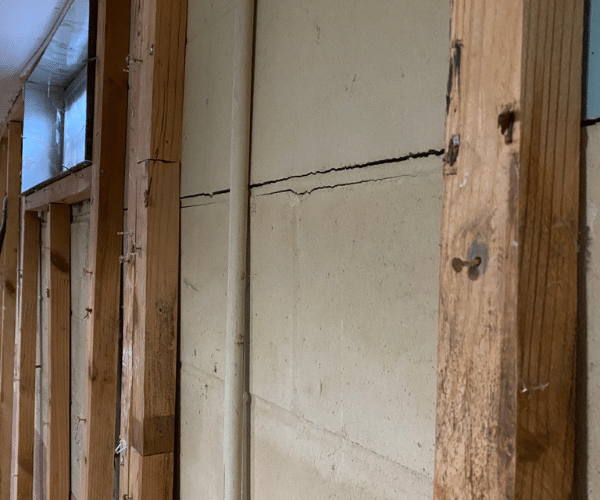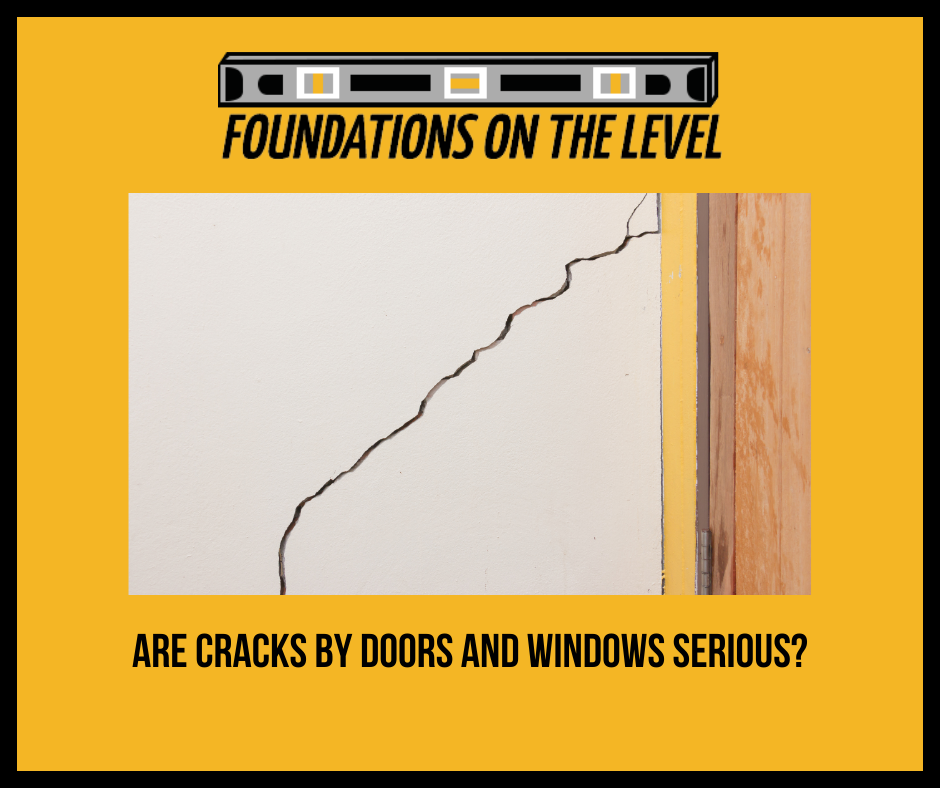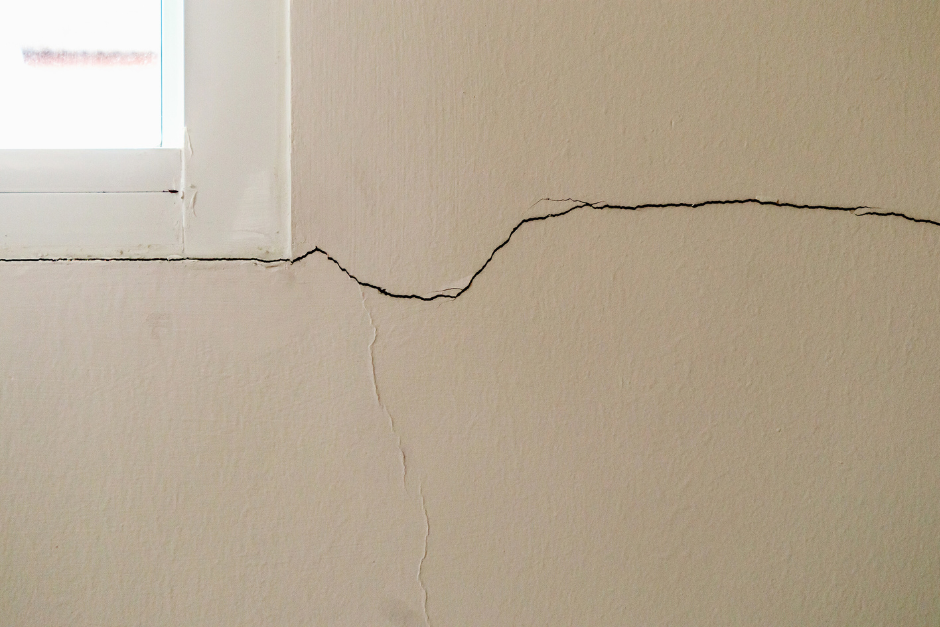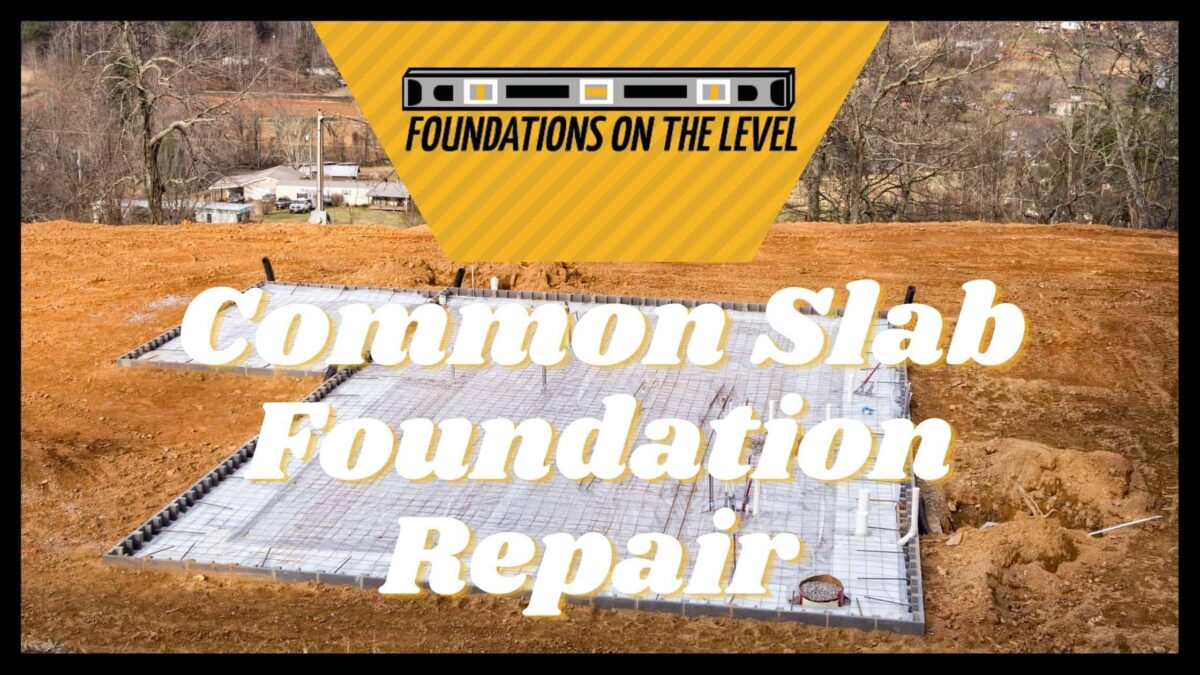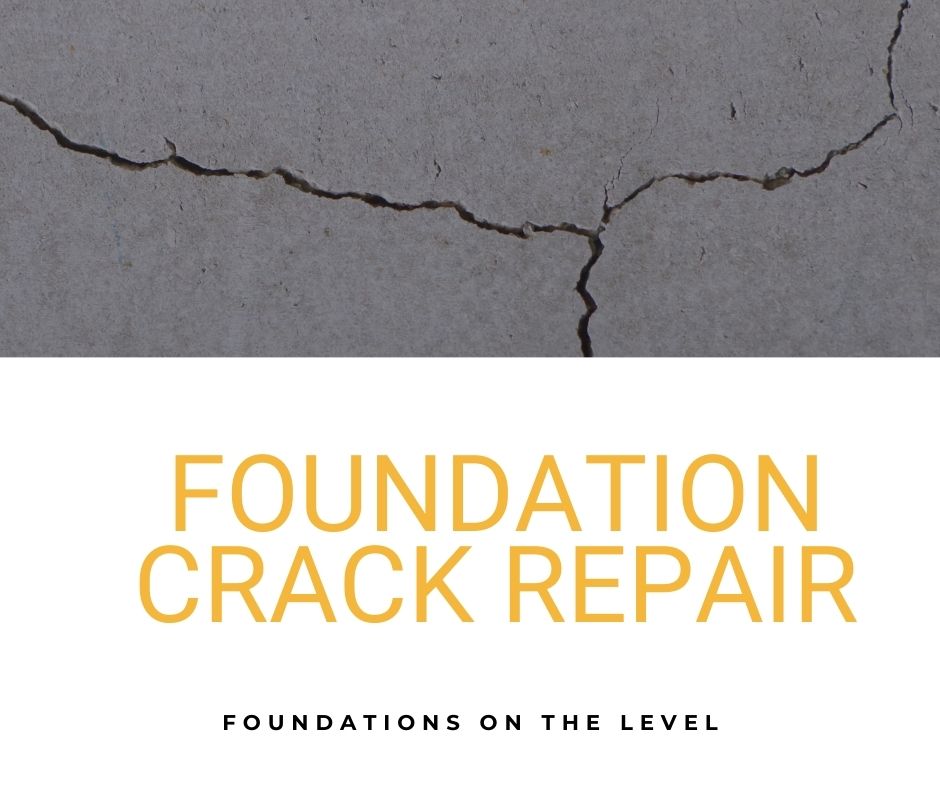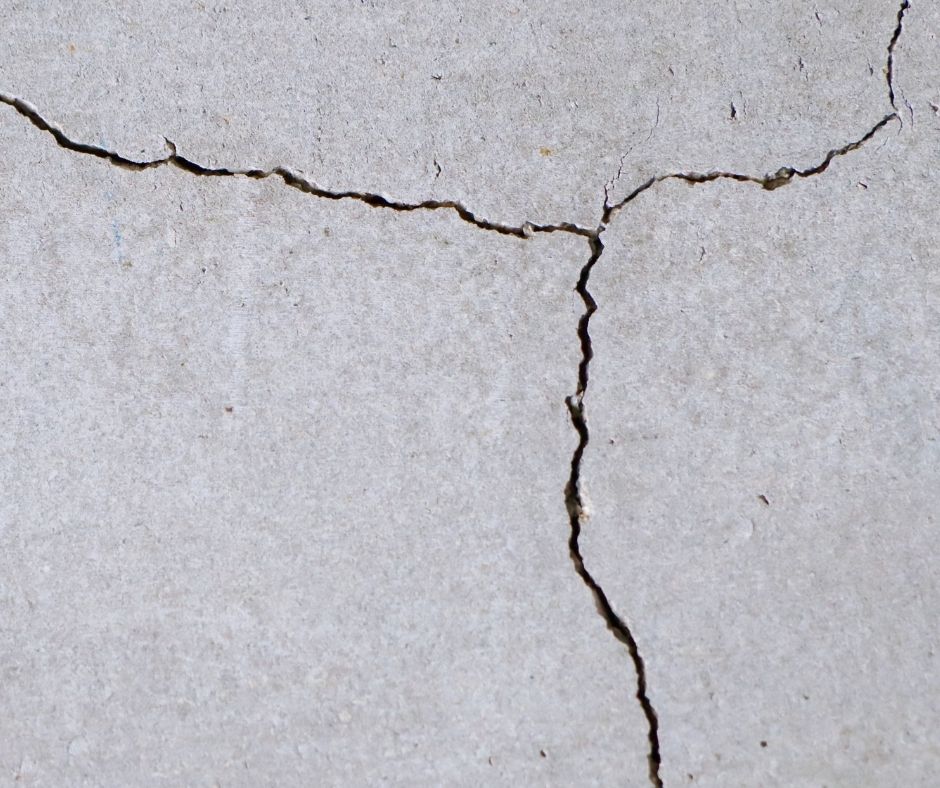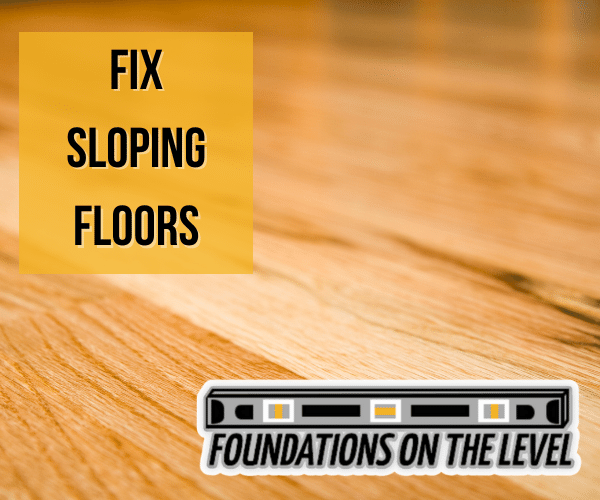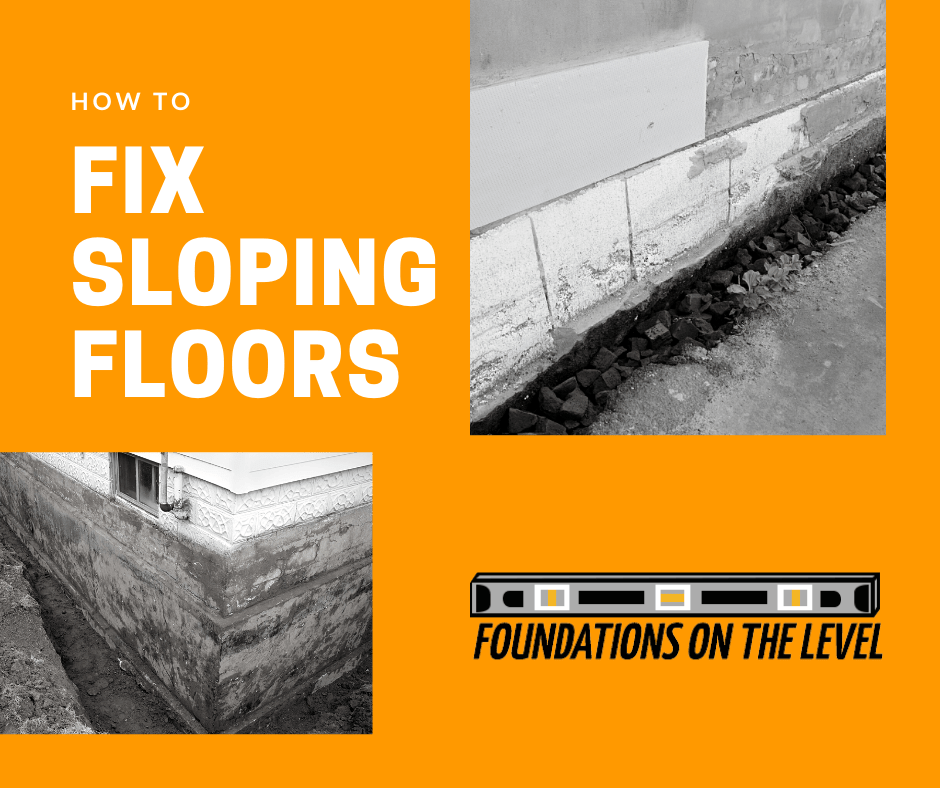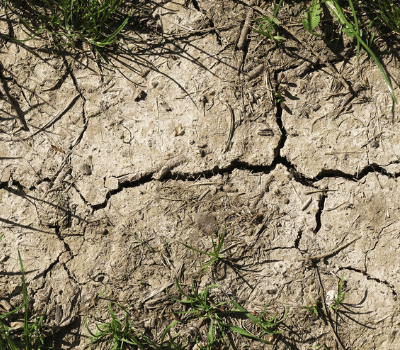Your Guide To Type of Foundation Cracks & How to Fix Them
Foundation cracks are one of the most common problems homeowners face when it comes to foundation issues. Not all cracks are a sign of structural damage, but all but the smallest probably require foundation crack repairs in order to prevent the cracks from causing other issues.
Foundations on the Level specializes in foundation crack repair and foundation slab leveling. If you are a homeowner and are experiencing cracks in your foundation, give us a call to schedule a free inspection.
6 Reasons Why Foundation Cracks Form
Foundation cracks can happen for a variety of reasons, some common and some troubling. here are a few
1. Concrete Shrinkage
In some cases, hairline cracks will occur as the concrete shrinks while drying. In other cases the normal small amount of settlement for a new home will spur small vertical or diagonal cracks.
The cause is natural and the cracks themselves aren’t structural in nature. If the cracks are large enough for water intrusion, you should get them filled, but shrinkage cracks generally don’t pose structural problems for the rest of the home.
2. Differential Settlement
Our California climate is great for enjoying the outdoors, but it’s tough on foundations. Dry soil conditions mean that the soil surrounding the foundation often cracks and crumbles.
In the event that we do experience rain, the soil quickly soaks up the water and expands. Cracks in the soil can allow for water to flow near the home’s foundation, which causes the soil to move. When the soil surrounding your home is displaced, the structural support is taken away. This causes the foundation to sink or settle. When different parts of the home settle different amounts, that is known as differential settlement. It shifts many parts of your house out of alignment, placing all of your home’s components under a great deal of stress.
Some minor settlement is to be expected when a home is built, and this sometimes yields hairline foundation cracks. If the cracks are more than a hairline, however, that is a sign of serious settlement-related foundation problems.
3. Foundation Heaving
This is the opposite of settlement, but it is still dangerous for foundations.
Instead of the weakened soil allowing the building to sink, expansive soil, well, expands when it gets wet. This pushes against the building’s foundation. Many of the issue with settlement are the same as with heaving. In both cases, problems with the soil shift the building out of proper alignment.
4. Hydrostatic Pressure
If you have a foundation with below-grade (underground) walls like a basement or crawl space foundation, water in the soil can cause serious structural cracks. Excessive or pooled water near your foundation will press inward on the foundation walls. If the pressure becomes more than the wall can withstand, a horizontal crack will begin to form in the wall, and it is likely to start bowing inward. If it is not repaired in time, these cracks can get bad enough where the wall might need to be rebuilt.
5. Tree Roots
Tree roots can sometimes cause differential settlement by drying out the soil, making it more susceptible to settlement. They can also cause cracks on their own, however, simply by pressing either against the walls of a basement or crawl space foundation or against the floor of a slab foundation.
6. Poor Construction Practices or Overloading
If a foundation wasn’t constructed well enough to support the load above or more load is added than the foundation was meant to support, this can cause cracks to appear because of the stress that the foundation is under.
How to Repair Foundation Cracks
Although cracks in your foundation are a concern, unless the foundation is literally crumbling, most foundation cracks can be repaired. The majority of cracks aren’t structural, but they can lead to structural problems if they aren’t repaired properly, and in a timely manner.
Foundation crack repairs require an inspection and analysis of the cracks and what caused them, including the soil conditions around your home’s foundation. Here are a few methods:
1. Epoxy Injection
This is the basic crack repair when you want a non-structural crack fixed and are certain the crack’s cause isn’t going to lead to other issues going forward. This can keep out water, but if you have serious foundation issues even if the epoxy holds, new cracks will just form.
2. Carbon Fiber Staples
Foundation slab cracks can be repaired in part by using carbon fiber staples, which holds the two sides of the crack together to prevent floor cracks from reopening.
3. Tiebacks or Plate Anchors
Similar to our retaining wall repair methods, if hydrostatic pressure is causing below-grade foundation walls to crack, tiebacks or plate anchors can provide a counter force to keep the pressure from reopening the crack and causing further bowing or even worse damage to the wall.
4. Foundation Underpinning
If foundation settlement is causing your foundation cracks, you probably need actual foundation repairs in addition to simply filling the cracks. The best method comes in the form of foundation underpinning. Underpinning involves installing steel foundation piers around the footer of the building. The piers are sunk down to a load-bearing strata of soil and the building is hydraulically re-leveled before its weight is transferred onto the piers. This prevents further settlement issues, allowing standard crack repair methods to hold up long term.
Contact Foundations on the Level for Foundation Crack Repair in Southern California
We understand that no two foundations are alike. That’s why we offer a personalized approach to foundation repair throughout our San Diego and Orange County service area. Whether you are experiencing a small foundation crack, or are struggling with something more serious, we’re confident that we can work with you to come up with a customized solution to fit your needs and budget. Give us a call today to schedule an inspection!
